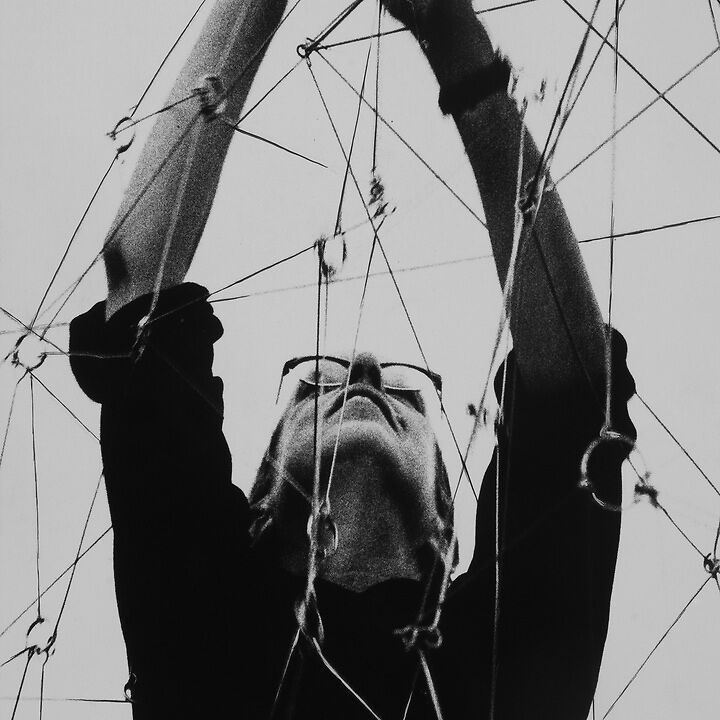Gego is one of the most significant artists to emerge from the Latin American scene during the second half of the 20th century, whose career traced a markedly individual path, which defied categorization.
– Organized chronologically and thematically, the exhibition examines the artist’s formal and conceptual contributions through her organic forms, linear structures, and modular abstractions.
– Through nearly 150 sculptures, drawings, prints, textiles, publications, and photographs, Gego. Measuring Infinity situates the artist’s practice in the artistic contexts of Latin America and considers her intersections with and departures from key art movements, such as Geometric Abstraction or Kinetic Art.
The Guggenheim Museum Bilbao presents Gego. Measuring Infinity, a major retrospective offering a fully integrated view of the work by German-Venezuelan artist Gertrud Goldschmidt (b. 1912, Hamburg; d. 1994, Caracas), also known as Gego, and her distinctive approach to the language of abstraction. Sponsored by Seguros Bilbao (will become Occident) and arranged chronologically and thematically, the exhibition examines the artist’s formal and conceptual contributions through her organic forms, linear structures, and modular abstractions.
Nearly 150 works from the early 1950s through the early 1990s are featured including sculptures, drawings, prints, textiles, and artist’s books, alongside photographic images of installations and public artworks, sketches, publications, and letters. Situating Gego’s practice in the artistic contexts of Latin America that transpired over the course of her lengthy career, the survey also considers her intersections with—and departures from—key transnational art movements such as Geometric Abstraction and Kinetic Art.






